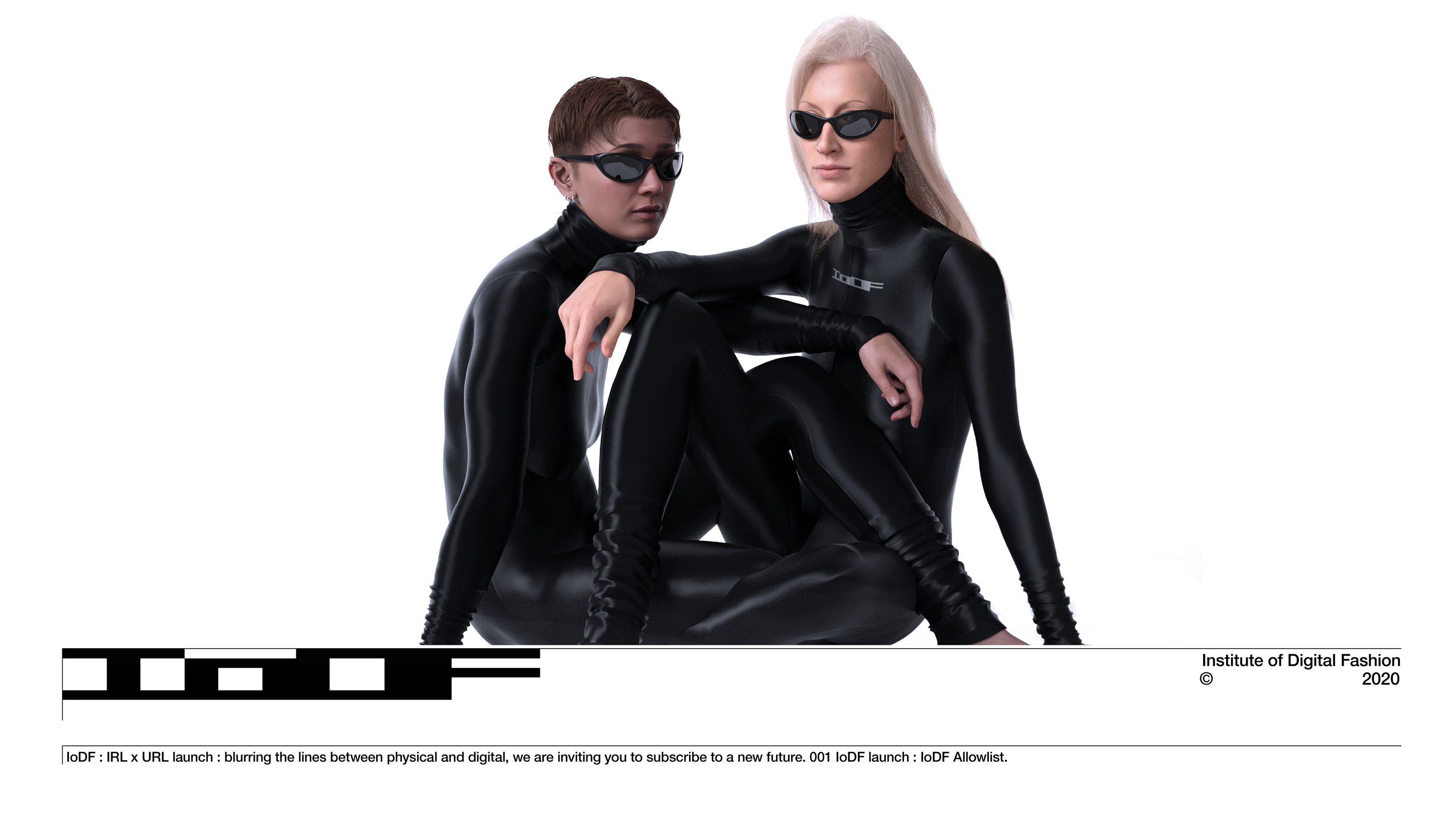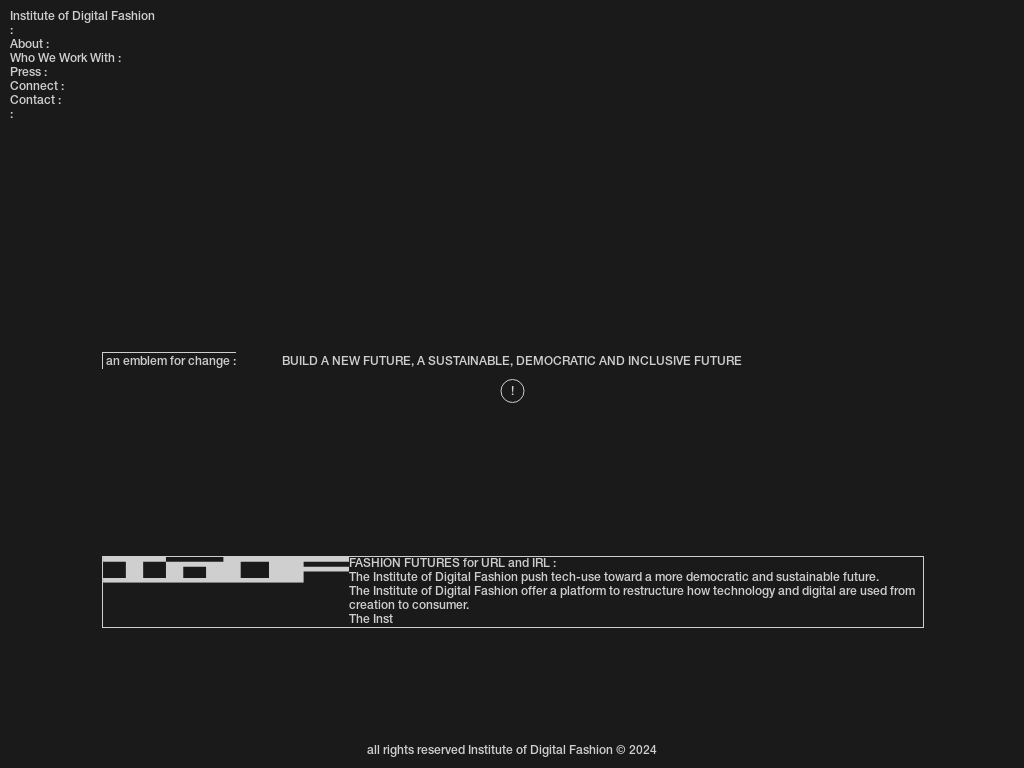How Two Founders Built a Digital Fashion Empire for Change
Who is Leanne Elliott Young?
Leanne Elliott Young and Cattytay are the co-founders of the Institute of Digital Fashion; Leanne has a strategic background with experience in driving digital innovation, while Cattytay is known for her intricate digital artistry and leadership in fostering inclusivity in virtual 3D design.
What problem does Institute of Digital Fashion solve?
The Institute of Digital Fashion helps brands transition into a sustainable digital future by creating inclusive and innovative virtual fashion experiences that break traditional industry barriers.


How did Leanne come up with the idea for Institute of Digital Fashion?
The idea for the Institute of Digital Fashion (IoDF) emerged from a shared vision between Leanne Elliott Young and Cattytay, who connected over their frustrations with the traditional fashion industry's limitations and lack of inclusivity. Their initial meeting at a fashion panel sparked discussions about the potential of digital technologies to revolutionize and democratize fashion. This encounter led them to conceptualize a venture that would challenge established norms and use digital tools to create a more inclusive and sustainable industry.
Disclaimer: The initial draft of this article was compiled by the Starter Story team based on publicly available interviews, podcasts, and other content from the founder. See the sources we used here.

Download the report and join our email newsletter packed with business ideas and money-making opportunities, backed by real-life case studies.

Download the report and join our email newsletter packed with business ideas and money-making opportunities, backed by real-life case studies.

Download the report and join our email newsletter packed with business ideas and money-making opportunities, backed by real-life case studies.

Download the report and join our email newsletter packed with business ideas and money-making opportunities, backed by real-life case studies.

Download the report and join our email newsletter packed with business ideas and money-making opportunities, backed by real-life case studies.

Download the report and join our email newsletter packed with business ideas and money-making opportunities, backed by real-life case studies.

Download the report and join our email newsletter packed with business ideas and money-making opportunities, backed by real-life case studies.

Download the report and join our email newsletter packed with business ideas and money-making opportunities, backed by real-life case studies.










